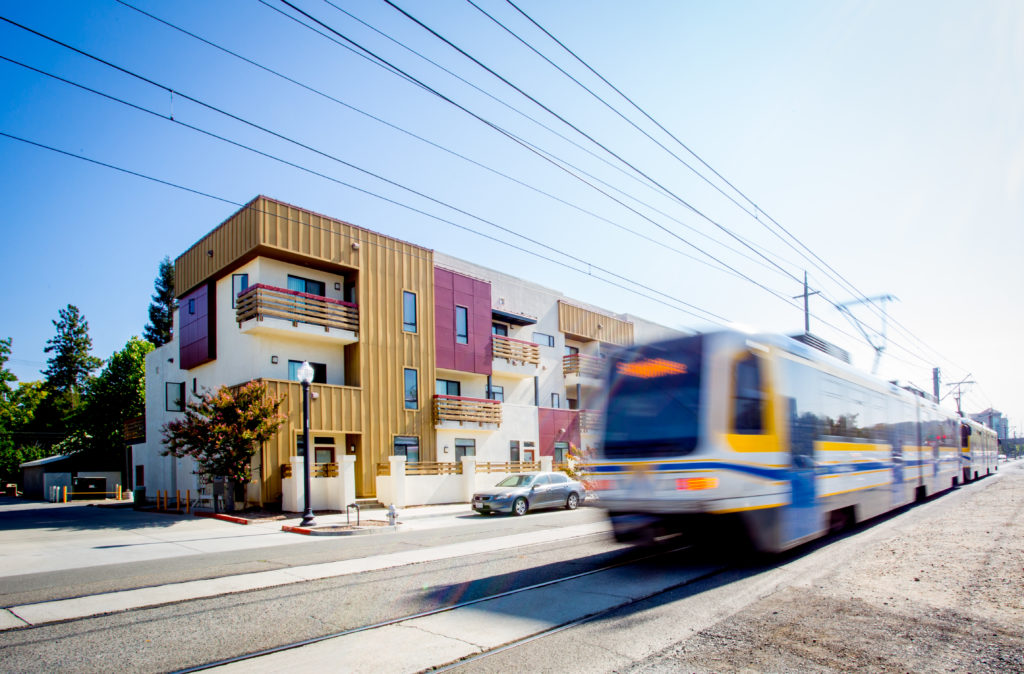Mobility
For the purposes of the Commission, mobility refers to the movement of people and goods ranging from zero emission vehicles and transit to alternative transportation and emerging mobility services. As one of the top emitting sectors of greenhouse gas emissions in the City of Sacramento, we must prioritize clean transportation solutions that both reduce carbon emissions and improve connectivity, safety, and accessibility.
In order to reach Carbon Zero by 2045, the Mayors’ Commission on Climate Change adopted the following three strategies for the Mobility sector as priority areas of action.
Expand and enhance accessibility to low-stress connected infrastructure for walking and rolling, prioritizing improvements that address specific community and neighborhood concerns and needs, so that 30% of all trips are by active transportation by 2030 and 40% by 2045.
Expand and improve transit and shared mobility services to be more accessible, affordable, timely, and attractive than single occupancy vehicle use so that 30% of all trips are by transit and pooled shared mobility by 2030 and 50% by 2045.
Develop a comprehensive package of incentives, disincentives, and policies to encourage the adoption of zero-emission vehicles (ZEVs) so that 70% of new vehicle registrations will be for ZEVs by 2030 and to achieve 100% electrification of all public, private, and shared fleets by 2045.

